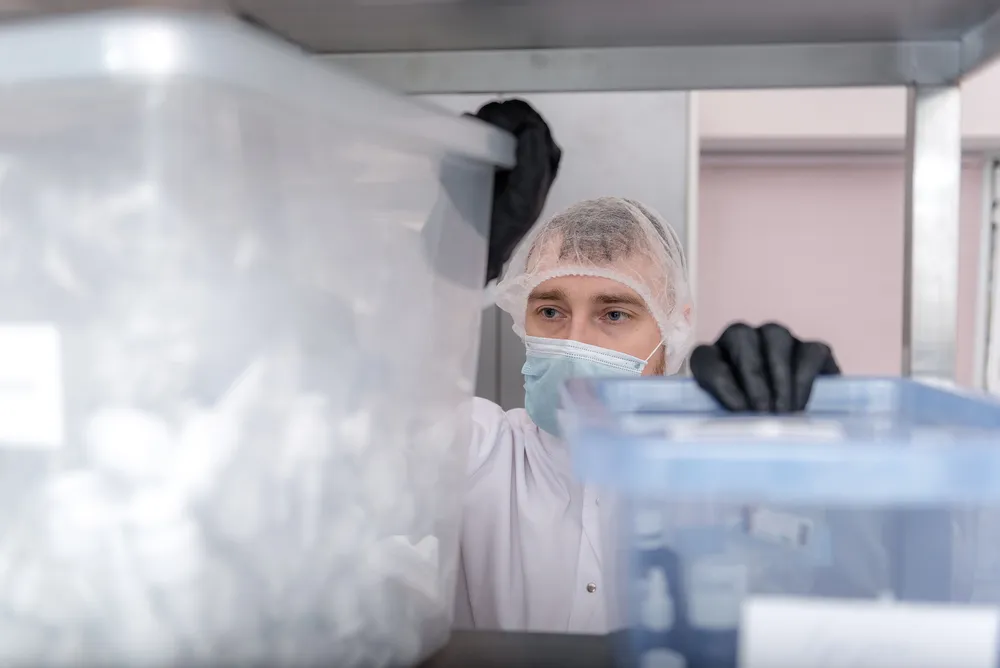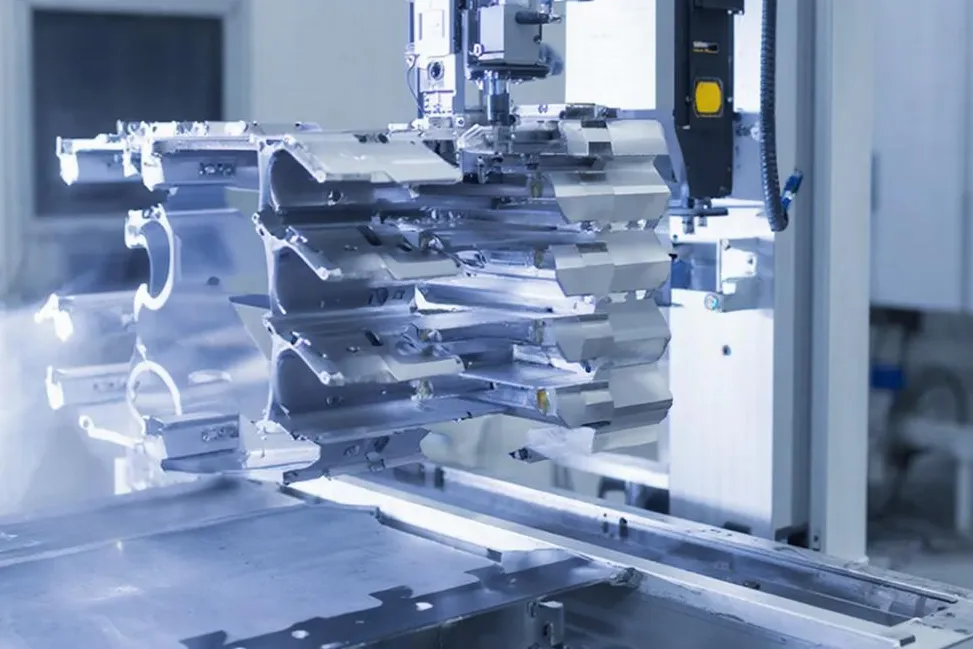Neural Networks Speed Up Creation of Medical Scaffolds for Tissue Regeneration

Researchers at Tomsk Polytechnic University have shown that neural networks can accurately predict the properties of polymer scaffolds, cutting down the time and cost needed to develop biomedical materials for tissue repair.
Scientists at Tomsk Polytechnic University have demonstrated that neural networks outperform other methods in predicting the key parameters of polymer scaffolds—structures used in biomedicine to restore damaged tissues.
Traditionally, finding the optimal production conditions for scaffolds is a complex, time-consuming process. Neural networks, however, can analyze even small experimental datasets to uncover intricate patterns, reducing the need for extensive and costly testing.
The researchers compared different machine-learning algorithms. Classical models could reliably predict fiber diameter but failed to estimate tensile strength. Neural network models, by contrast, accurately forecast both parameters, which are critical for scaffold performance.
The new approach has already proven effective for scaffolds made of polycaprolactone and can be scaled to other polymers, broadening its potential use in medical device development.
The project was supported by Russia’s Ministry of Science and Higher Education, and the results were published in the international journal ‘Computers in Biology and Medicine’.









































